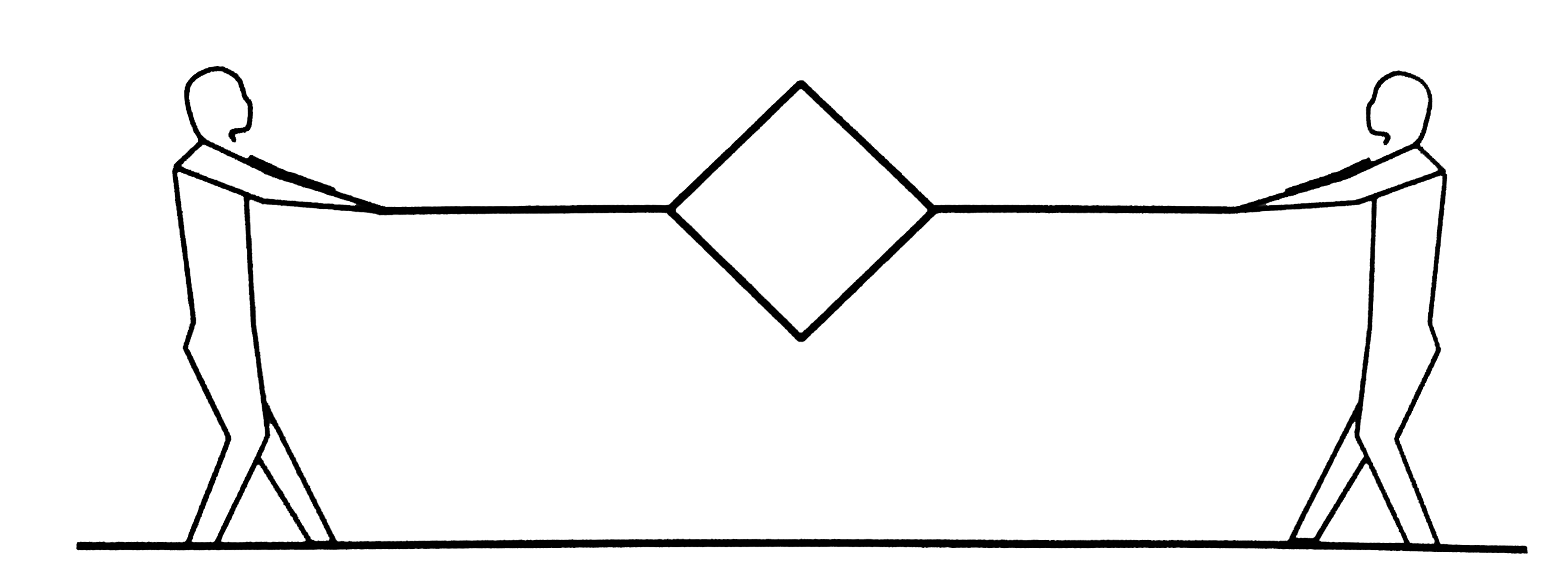Assume that each atom in a copper wire contributes one free electron. Estimate the number of free electrons in a copper wire having a mass of 6.4g (take the atomic weight of copper of be 64g mol−1).Solution in Gujrati
64 grams of copper have 1 mole.
So, 6.4 grams of copper have 0.1 mole
N⊙ofa→ms∈0.1mo≤=(6×10−23×0.1)
a→ms=6×1022a→ms.
Since 1 atoms contributes 1 electron
So6×1022a→mscontributes6×1022e≤ctrons.
Topper's Solved these Questions
- BOOK - HC VERMACHAPTER - ELECTRIC FIELD AND POTENTIALEXERCISE - Objective 28videos
ELECTRIC FIELD AND POTENTIAL
- BOOK - HC VERMACHAPTER - ELECTRIC CURRENT THROUGH GASESEXERCISE - Exercises23videos
ELECTRIC CURRENT THROUGH GASES
- BOOK - HC VERMACHAPTER - ELECTROMAGNETIC INDUCTIONEXERCISE - EXERCISE9videos
ELECTROMAGNETIC INDUCTION
Similar Questions
Mark out the correct potons.
01:45View SolutionA discharge tube contains helium at a low pressure. A large potential difference is applied across the tube. Consider a helium atom that has just been ionized due to the detachment of an atomic electron. Find the ratio of the distance travelled by the free electron to that by the positive ion in a short time dt after the ionization.
09:23View SolutionShown a metallic square frame of edga a in a vertical plane. A uniform magnetic field B exists in the space in a directon perpendicular to the plane of the figure. Two boys pull the opposite corners of the square ot deform it into a rhombus. They start pulling the corners t t=0 and sisplace the corners at a uniform speed u. (a) find the induced emf in the frame at the instant when the angles at these corners reduce to 60∘. (b) find the induced current in the frame at this instatnt if the total resistance of the frame is R. (c) Find the total charge which flows through a side of the frame by the time the square is deformed into a straight line.
 06:54View Solution
06:54View SolutionAssume that each atom in a copper wire contributes one free electron. Estimate the numberof free electrons in a cpper wire having a mass of 6.4g (take the atomic weight of copper ot be 64g mol−1.
03:41View SolutionA copper wire fo cross-sectional area 3.00×10−6m2 carries a current 10.0A.
a. Find the drift speed of the electrons in the wire. Assume that each copper atom contributes one free electron to the body of material.
b. Find the average time between collisions for electrons in the copper at 20∘C. The density of copper si 8.95gcm−1, molar mass of copper is 63.5gmol−1, Avogadro number is 6.02x1023 electrons per mol and resistivity of copper is 1.7 xx10^(-8) Omegam.06:32View SolutionAssume that each of copper atom has one free electron. Estimate the number of free electrons in 1 mg of copper. Given that atomic weight of copper =63.5 and Avogadro number =6.02xx10^(23) . What is the charge possessed by these free electrons?
02:15View SolutionIf the current flowing through a copper wire of 1mm diameter is 1.1A. The density of copper is 9 g cm^(-3) and atomic mass of copper is 63 u. One free electron is contributed by each atom of copper. Find the drift velocity of electron. Avogardo's number =6.0 xx10^(26) per kg atom.
07:45View SolutionA copper wire of length 5 cm carries a current of density j=1A(mm)−2. The density and molar mass of copper are 9000Kgm−3and63gmol−1. Each copper atom contributes one free electron. The temperature of the wire is 27∘C. Estimate the (average) distance travelled by a free electron during the time it moves from one end of the copper wire to the other end. Assume that thermal motion of electrons are similar to that of molecules of an ideal gas.
03:31View SolutionA current of 1.34A exists in a copper wire of cross-section 1.0mm2. Assuming each copper atom contributes one free electron. Calculate the drift speed of the free electrons in the wire. The density of copper is 8990 kg/m3 and atomic mass=63.50.
03:38View SolutionThe density of copper is 9×103kgm−3 and its atomic mass is 63.5 u. Each copper atom provides one free electron. Estimate the number of free electrons per cubic metre in copper.
03:35View SolutionWe know that copper is a conductor of electricity due to presence of free electrons in it. Assume that on an average each copper atom provides one free electron. Find the number of free electrons per unit valume of copper. The density of copper is approximately 9,000 kg / m^3 and its atomic mass is 63.5 u.
View SolutionAssume that each atom in a copper wire contributes one free electron. Estimate the numberof free electrons in a cpper wire having a mass of 6.4g (take the atomic weight of copper ot be 64g mol−1.
03:45View SolutionA copper wire fo cross-sectional area 3.00xx10^(-6) m^2 carries a current 10.0A. a. Find the drift speed of the electrons in the wire. Assume that each copper atom contributes one free electron to the body of material. b. Find the average time between collisions for electrons in the copper at 20^@C. The density of copper si 8.95 gcm^(-1) , molar mass of copper is 63.5 gmol^(-1) , Avogadro number is 6.02x10^(23) electrons per mol and resistivity of copper is 1.7 xx10^(-8) Omegam.
04:07View SolutionAssume that each of copper atom has one free electron, estimate the number of free electrons in 1 mg of copper.Given that atomic weight of copper = 63.5. What is the charge possessed by these free electrons?
02:25View SolutionA copper wire carries a current of density j. We assume that one free electron (Charge = e, number density =n) corresponds to each copper atom. Here v is the mean velocity of thermal motion of an electron. Then :
03:37View SolutionThe density of copper is 9xx10^3 kg m^(-3) and its atomic mass is 63.5 u. Each copper atom provides one free electron. Estimate the number of free electrons per cubic metre in copper.
03:11View Solution

